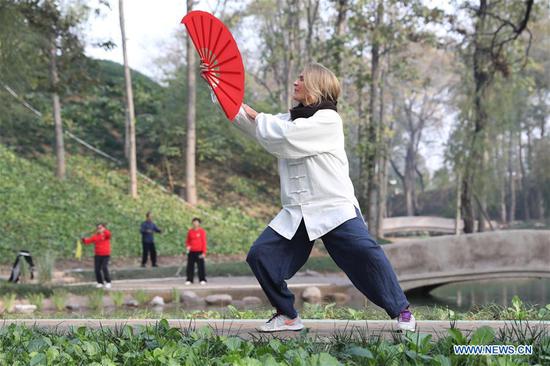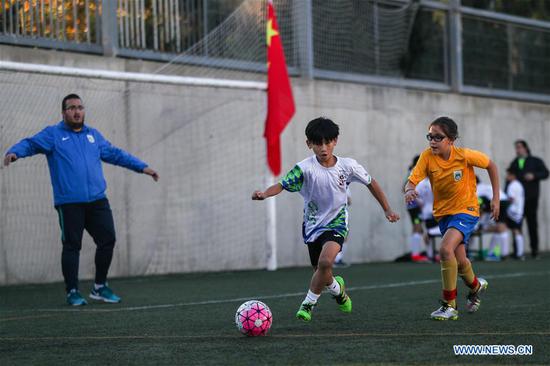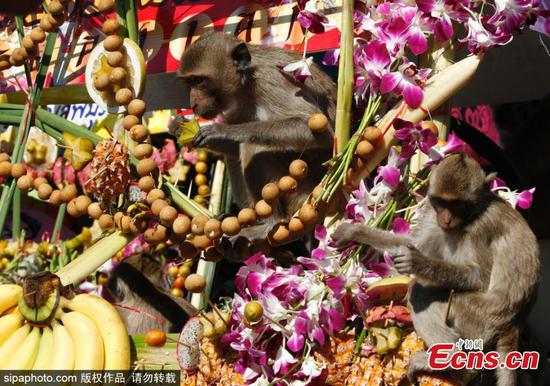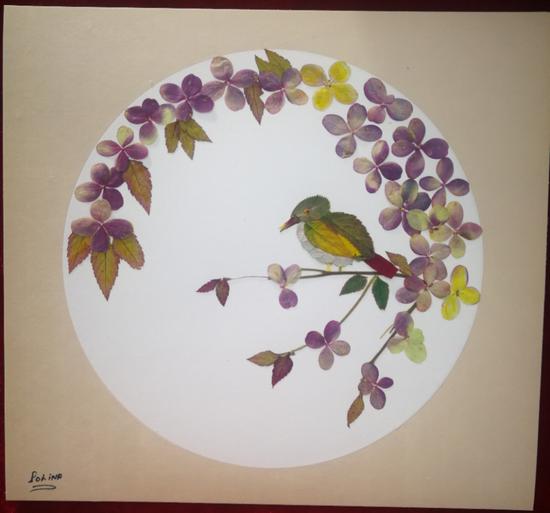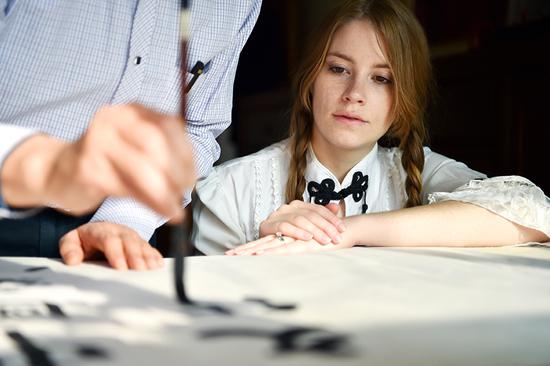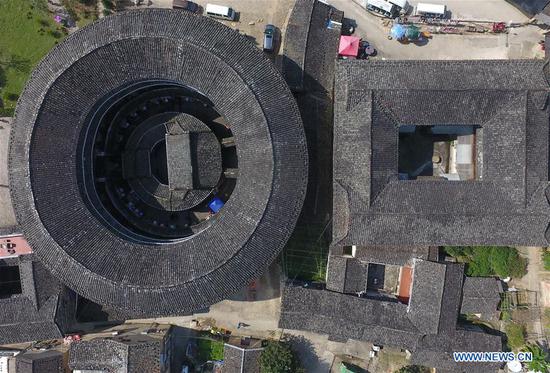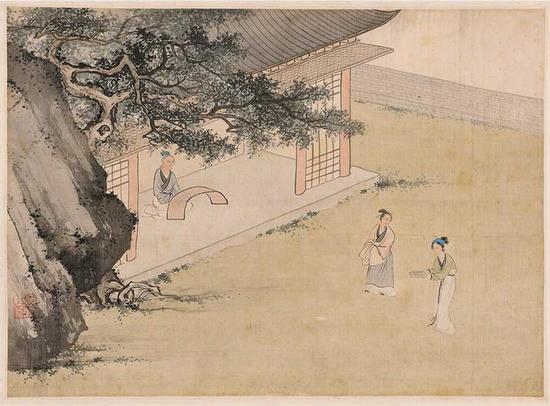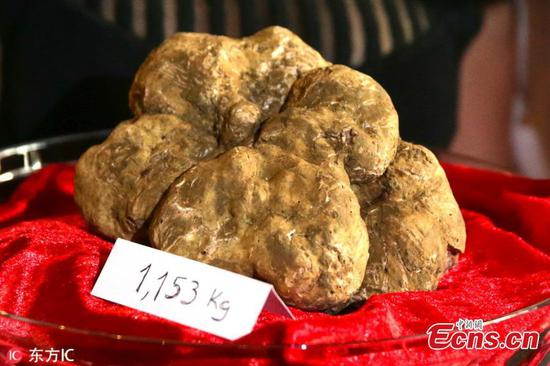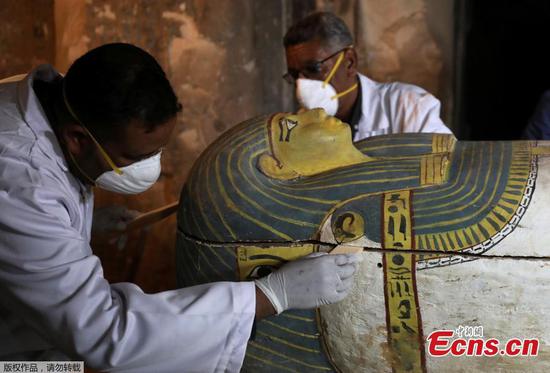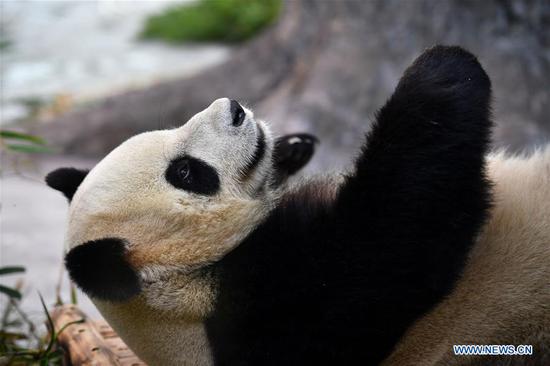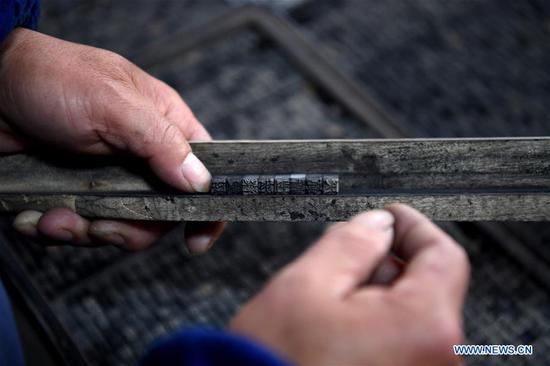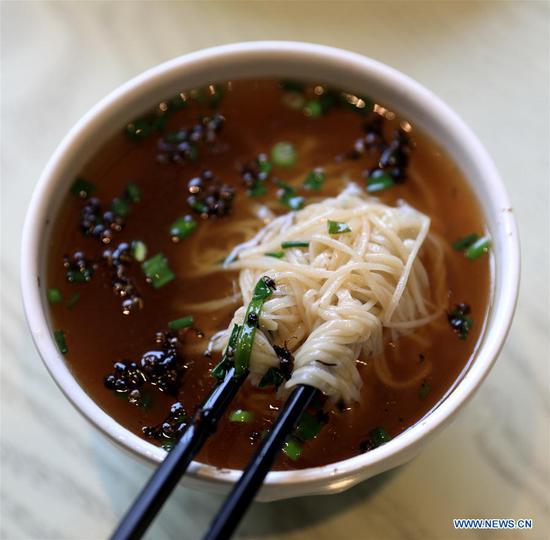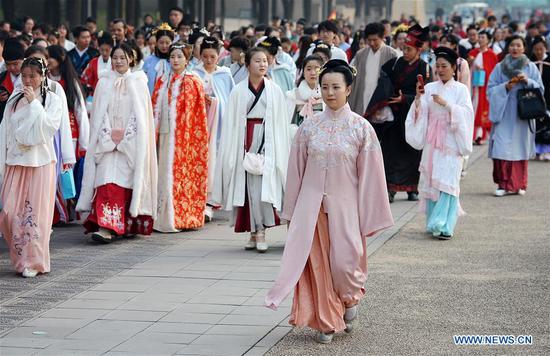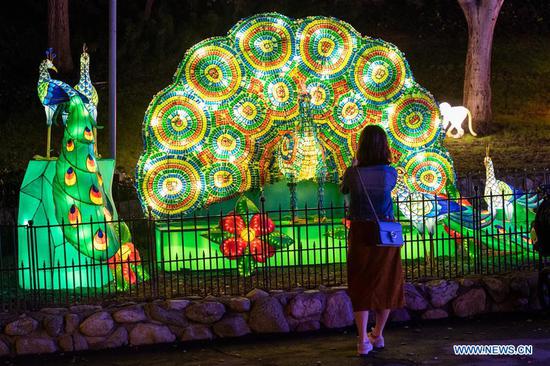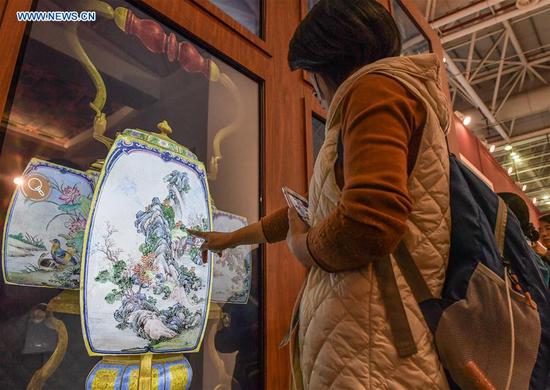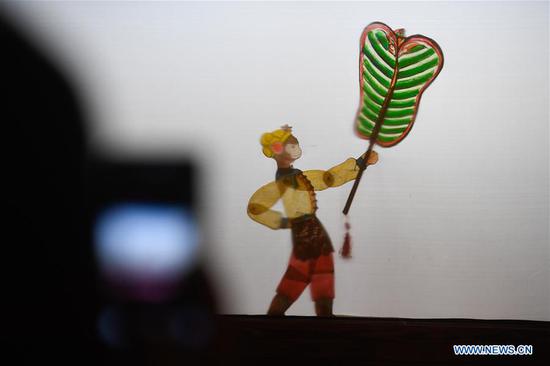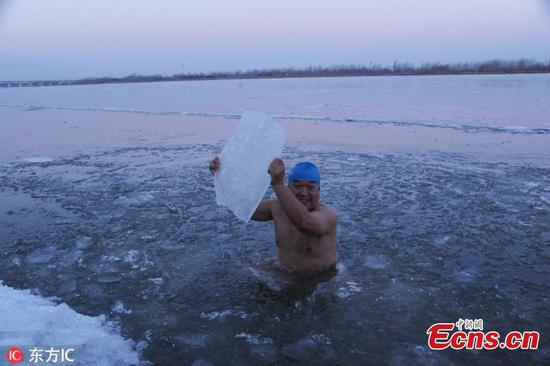Tibetan medicinal bathing may soon see its cultural influence spread to the rest of the world, as the 13th session of the UNESCO Intergovernmental Committee for the Safeguarding of Intangible Cultural Heritage opens in Port Louis, capital of Mauritius, on Monday.
Lum medicinal bathing of Sowa Rigpa, knowledge and practices concerning life, health and illness prevention and treatment among the Tibetan people in China, was among 40 nominations for inscription on the Representative List of Intangible Cultural Heritage of Humanity, which already has 399 inscriptions from across the world.
During the six-day meeting starting November 26, China and 23 other state attendees to UNESCO's Convention for Intangible Cultural Heritage will examine seven nominations for inscription on the List of Intangible Cultural Heritage in Need of Urgent Safeguarding.
The panel will also examine two proposals for inscription on the Register of Good Safeguarding Practices, which seeks to showcase projects, programs and activities that best reflect the objectives of the Convention.
The Convention, passed by the UNESCO in 2003 and took effect in 2006, aims to safeguard traditions and living expressions handed down from generation to generation, including oral traditions, performing arts, social practices, rituals, festive events, knowledge and practices concerning nature and the universe or the knowledge and skills to produce traditional crafts.
China was among the first batch of members to join the Convention in 2004 and served three times as a member of the UNESCO Intergovernmental Committee to contribute China's wisdom in protecting the intangible cultural heritage of all mankind.











